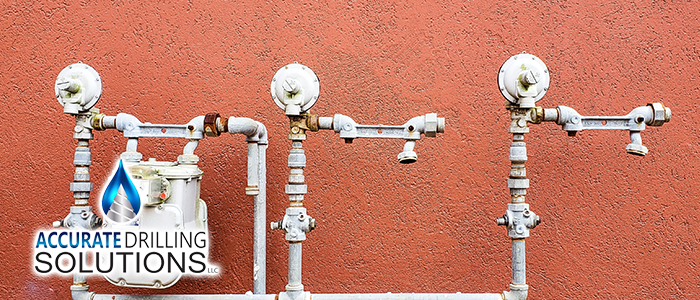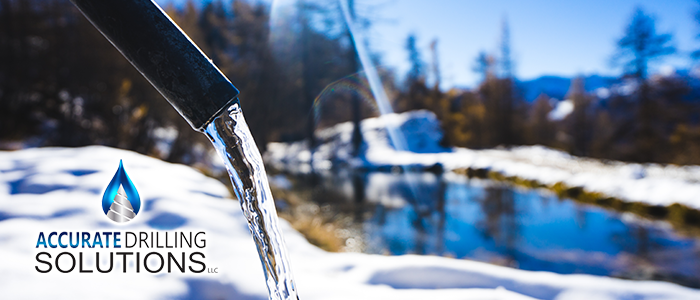
Do I Need a Deep Well
We’ll get the simplest form of the answer out of the way right off the bat. If you’re looking to drill a well on your property, it should be at least 100 feet deep. Why should we drill wells to 100 feet deep? Is it safe to have a shallow well less than 100 feet deep? Why do deeper wells provide better water quality? Even though you now know how deep wells should go, there are still important questions to ask. In this article, we’d like to help you understand why we drill wells the way we do.
The Biggest Reason for Deep Wells
Before water enters your home or passes through your filtration system, it has to get to your well. On its way there, water goes through Mother Nature’s filtration system. The soil filters out many impurities. Chemicals, bacteria, and more get pulled out of the water as it travels down to the water table. This results in a generally higher quality of water that can stay clean for years.
Problems with Shallow Wells
Wells less than 100 feet may seem shallow, but it’s technically still a deep well. A shallow well is a well less than 50 feet deep. This may be a hand-dug well or a well drilled with older equipment that can’t reach as deep. Shallow wells pull water from the very top of the water table. This is where contaminants settle first. Motor oil, pesticide, fertilizer, and animal waste all collect higher in the water table. If you have a shallow well on your property, you should probably test it more than once per year or abandon it.
Are All Deep Wells Good?
Deeper wells do tend to be more expensive. Depending on the material you’re drilling through, the price can be higher or lower. So, naturally, the deeper you go, the more expensive the process is. In addition, deep wells require electric pumps to draw water up to the surface, impacting your electric bill. However, in a regularly tested well, the water from a deep well tends to be safe and high quality. This is why many states have established minimum depths for home water wells.
However, deep wells by themselves do not guarantee quality. Instead, they protect you from surface-level contaminants and help protect your water.
How to Get Quality Well Water
First, if you’re using your water for day-to-day purposes, dig it at least 100 feet deep. This protects your water supply from surface hazards like waste and chemicals. Beyond that, consider installing a filtration system. Reverse osmosis filtration can remove most impurities from your water. These can remove things like mineral particles and tiny things like bacteria.
Like shallow wells, testing is key to ensuring your water is healthy and safe to drink. Most wells require testing annually or after a change in water quality. Depending on where you live, the frequency might vary. You can read up on well testing on our website, or give us a call. If you have any questions about a new or existing well on your property, we’d be happy to help.
continue reading
Related Posts
Port Richey Guide to Commercial Water Systems Businesses in Port
Englewood’s Winter Well Maintenance Checklist While Englewood and nearby Sarasota
Largo Businesses: Maximizing Your Pump System Performance For businesses operating







